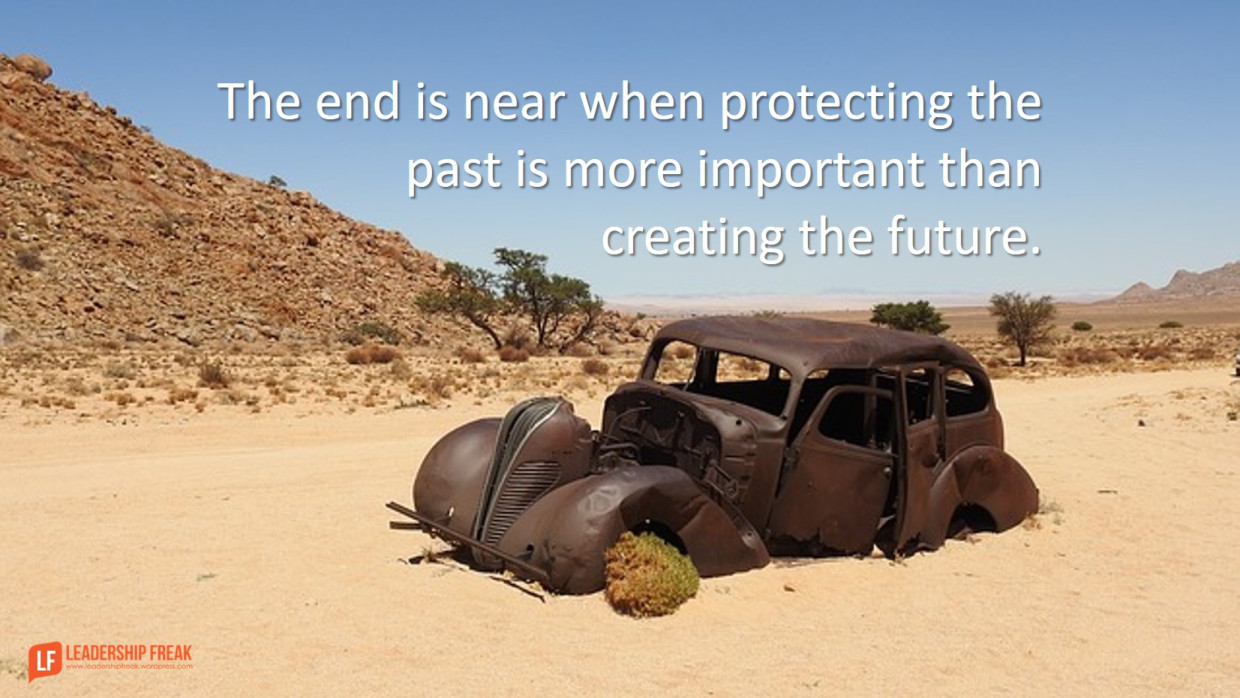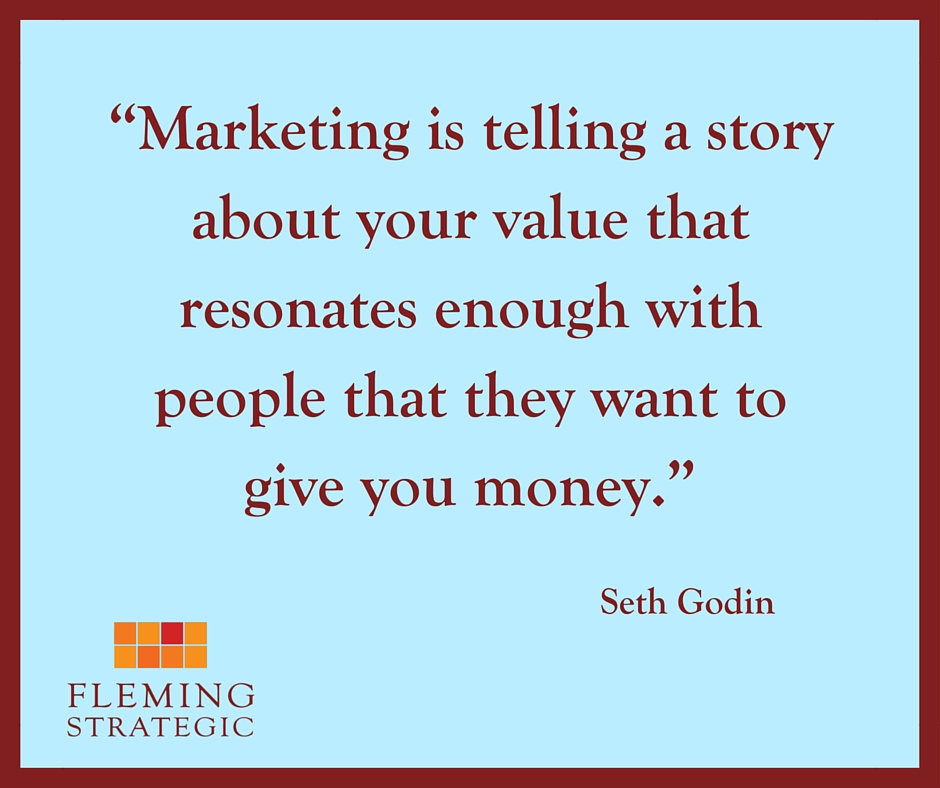Do you ever feel that you’re just one lawyer in a large sea of competitors? Hundreds or thousands of other lawyers may occupy the same niche that you do, and you may wonder how to set yourself apart. The challenge lessens if you have specific expertise in a niche, but re-emerges for everyone at some point in business development.
Here’s the bigger problem: lawyers’ websites often read almost identically. Everyone has “years of experience” that will “create value” for their clients through “excellent client service.” Important, necessary, but oh-so-very-dull, isn’t it? In today’s economy, if that’s all you can say about yourself and your practice, you’re in trouble.
If you fail to differentiate yourself from other lawyers and law firms, you’ll fail to capture attention—or if you get attention, your audience may not be able to remember who you are. Of course, you must follow certain ethics rules, but looking like everyone else will do you no favors.
So… How can you differentiate yourself? While the options are potentially limitless, three examples may help you to create your own ideas.
1. Narrow your niche. You can speak to a specific audience (same sex parents for estate planning purposes), a specific legal need (helping closely held or family businesses navigate sale or purchase), or a specific part of practice (appellate litigation). When you go narrow in scope, you must go deep in focus so that you become a leading voice in your field. Going deep offers strong content marketing opportunities, and you can distinguish yourself by speaking with laser focus.
2. Create a unique experience for your clients. What can you offer clients that other lawyers can’t or don’t? The opportunities vary widely by practice area, but any value-added service is a good step toward differentiation.And remember: how you practice is just as important as what you do in practice. Be attentive to the habits that may set you apart from others. Opportunities to set yourself apart abound: quick responses to telephone calls and emails, regular case updates, and educational resources on topics such as how to prepare to give deposition/trial testimony or what to consider when getting ready to make estate plans, to give a few examples.
3. Become active and visible in the community. Volunteering, serving on boards, or working with non-profits in other capacities is a good way to become known. It provides a context and opening for conversations that reluctant networkers may find more comfortable. Your pro bono work may even present you the opportunity to offer guidance and suggestions that serve as a taste of the service you offer clients. Moreover, you may have opportunities to speak or write through these channels, both of which will serve to raise your profile. Just a caveat: if you expect this community work to support you in building your practice, make sure there’s a logical nexus between the community work and your practice either by topic or overlapping audiences.
What’s not on this list of ways to set yourself apart from others? General descriptors that suggest you’re smarter or more savvy than other lawyers won’t cut it without something specific to back it up. Your strategic insight may in fact differentiate you from others, but your target audience won’t believe you if you tell them. Demonstrate these qualities by sharing representative matters or an article that displays your strategic approach.
Successful lawyers are clear about what makes them different from others, and they know how to communicate that persuasively. If you want to differentiate yourself from other practitioners, it’s imperative to connect with an internal compass that will point to what does indeed make you different. If you don’t know what that is, you won’t be able to convince anyone else. Get feedback from colleagues, clients, and/or an outside source.


